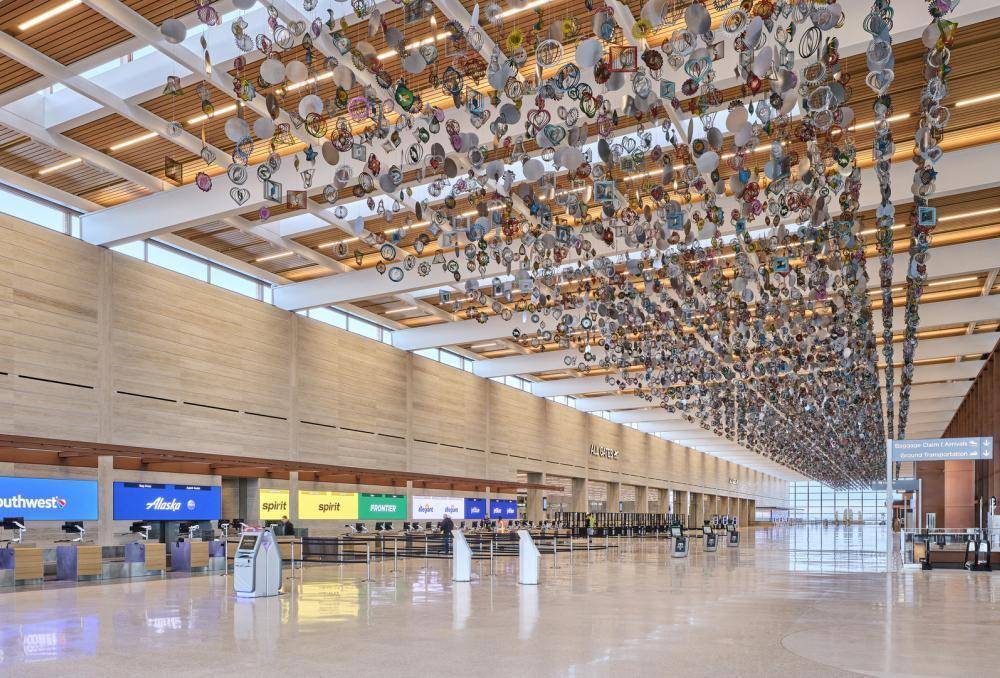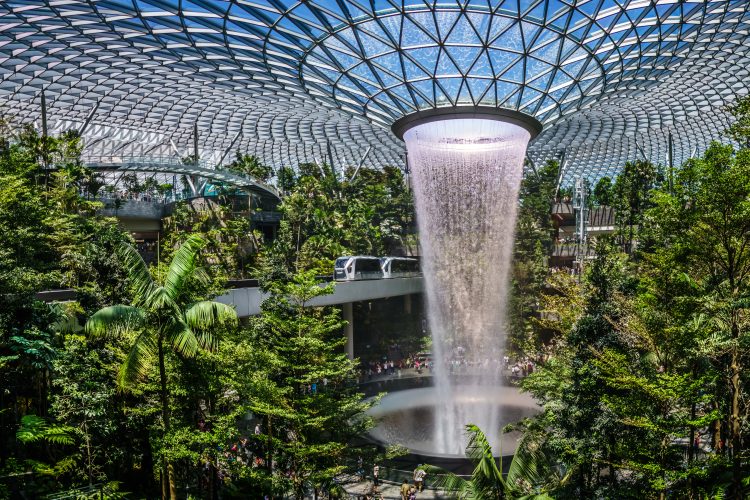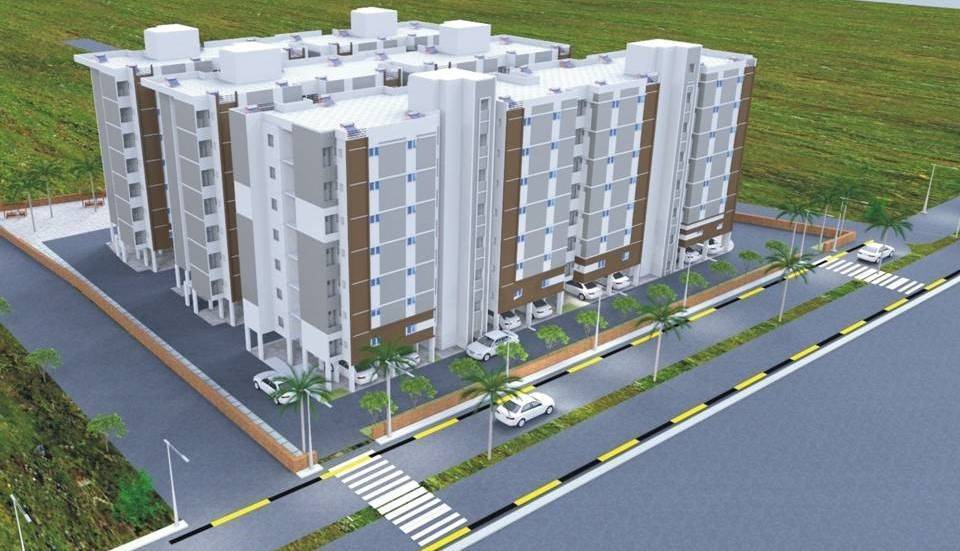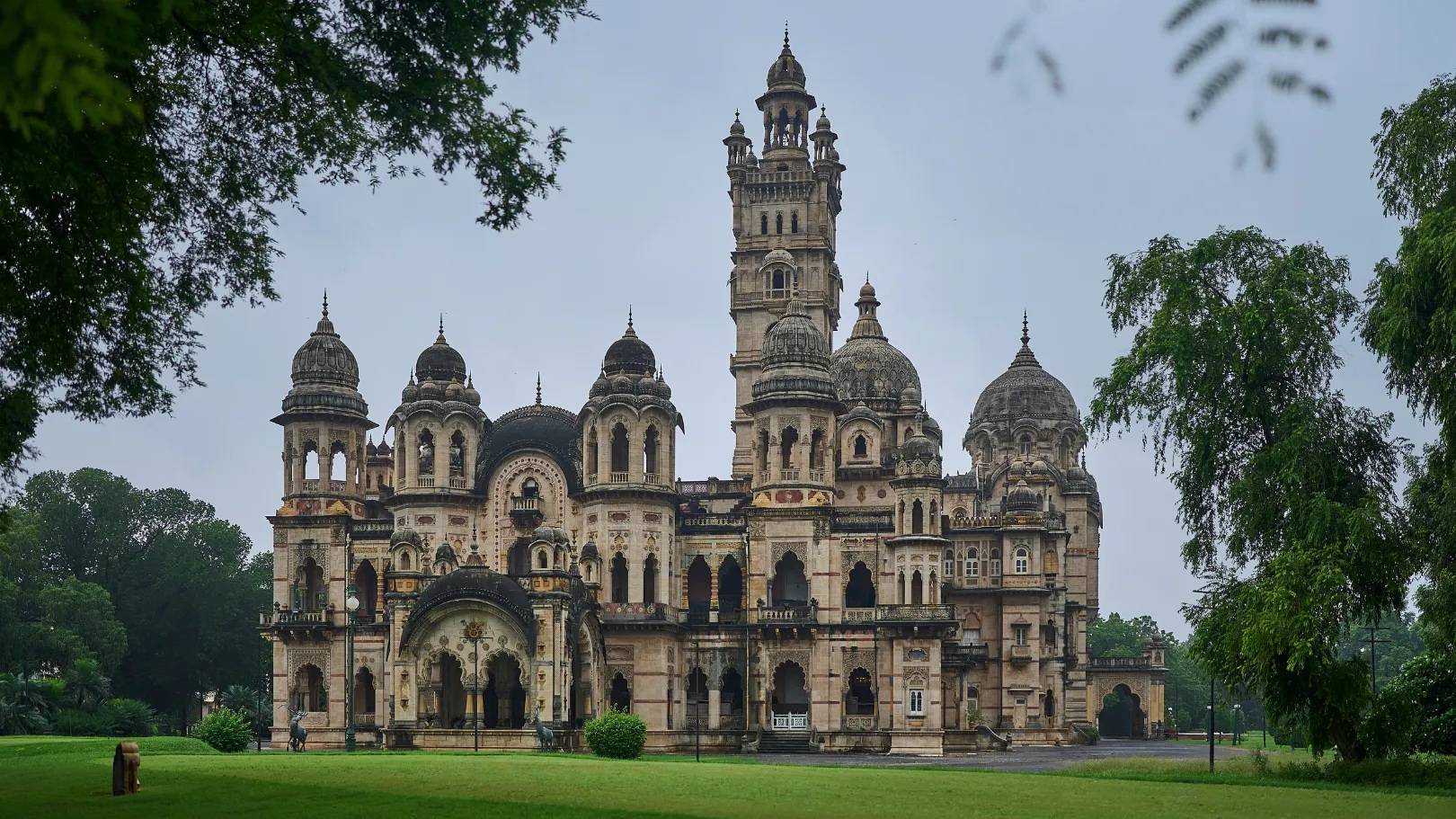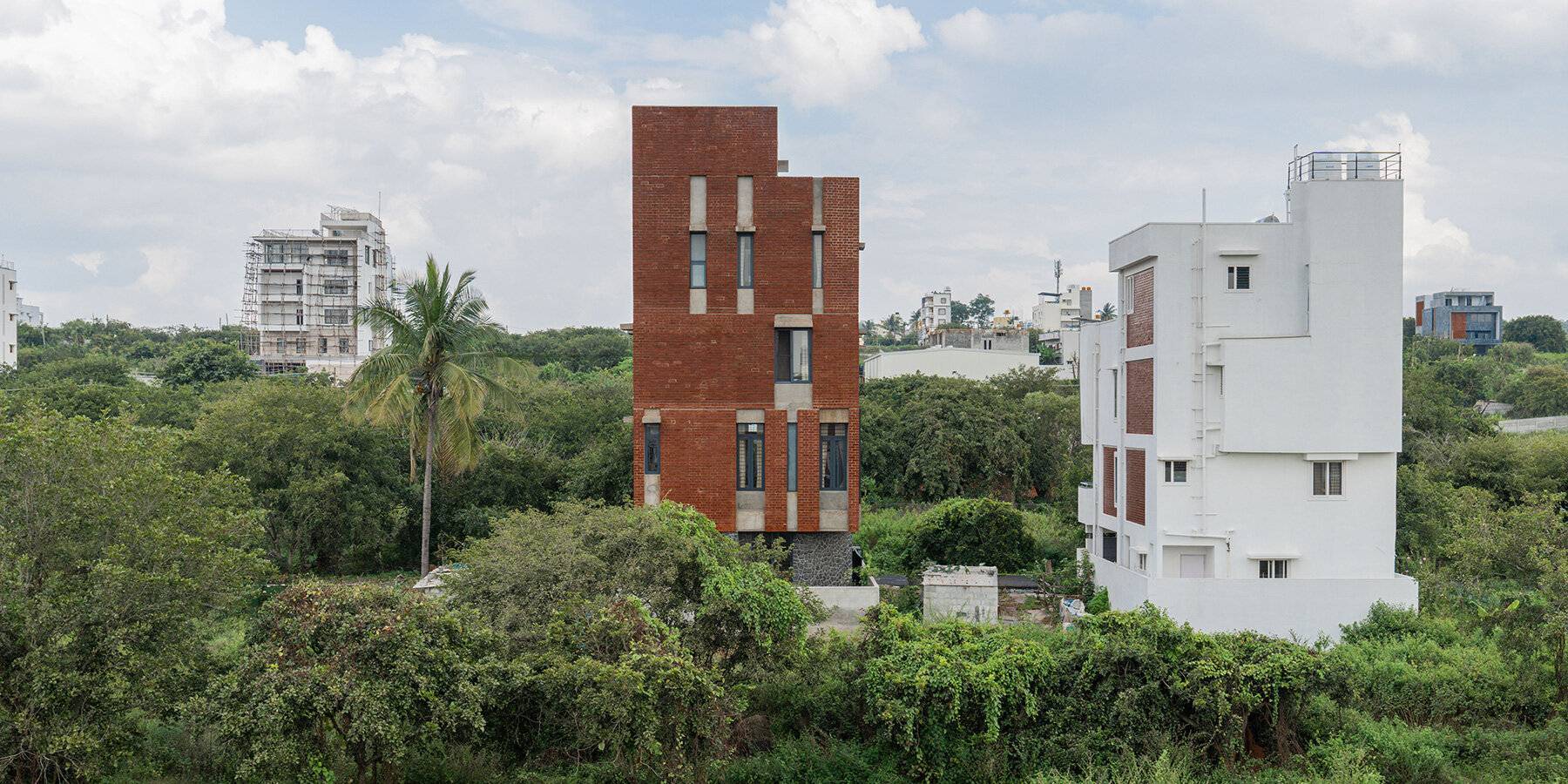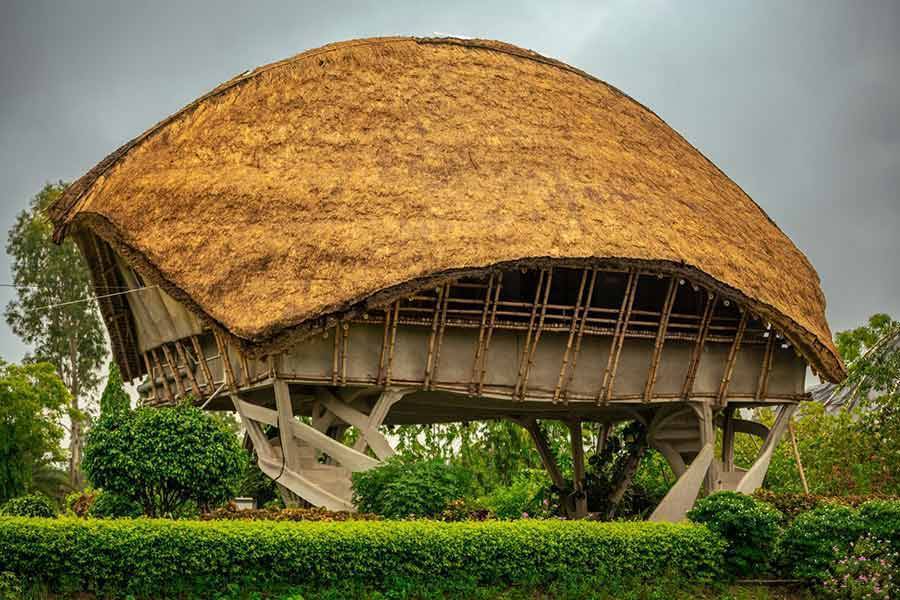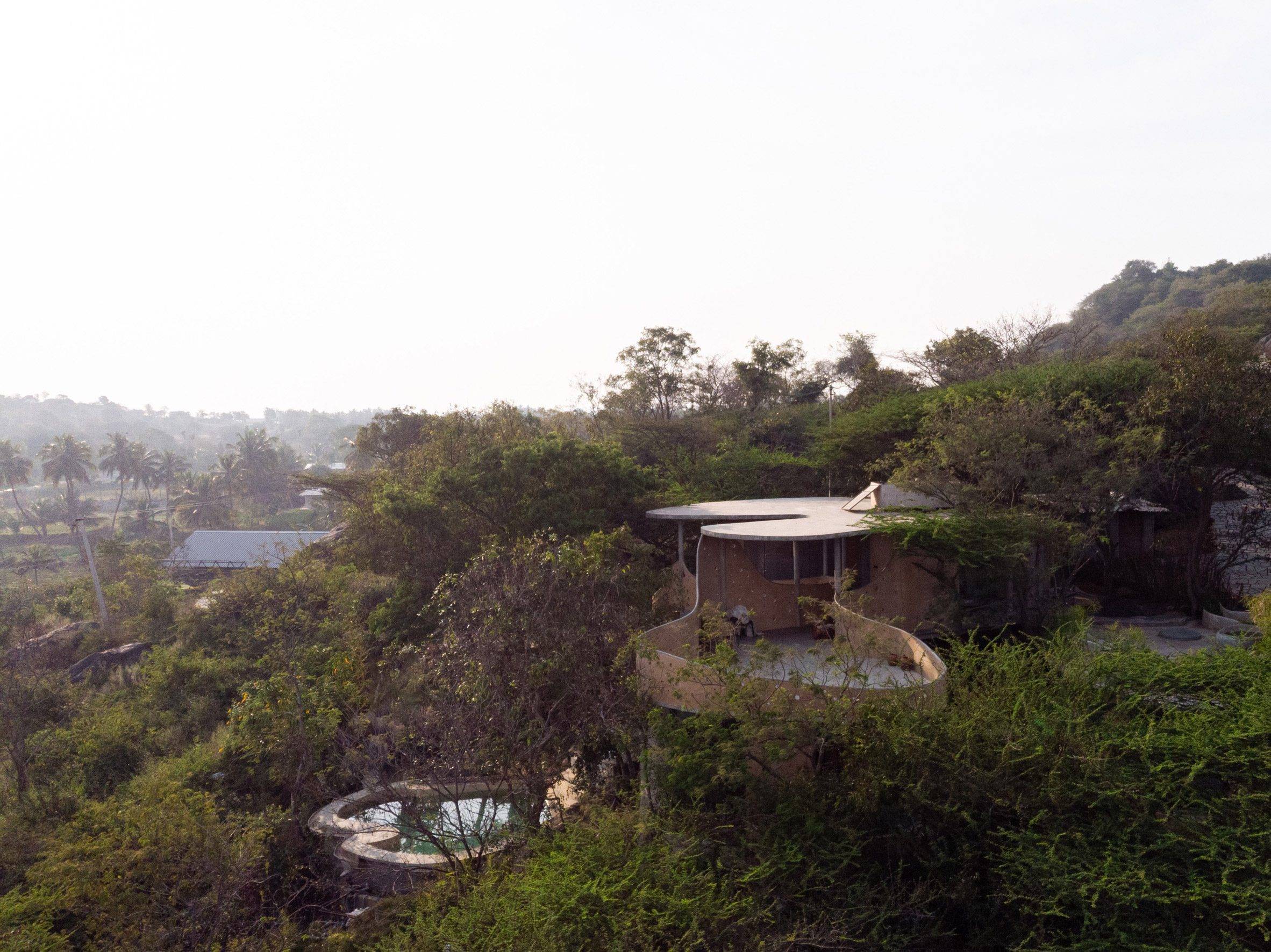Airports are the gateways to a new country, shaping travelers' first impressions through their design and ambiance. Over time, they have transcended their primary role as functional transit hubs, emerging as architectural masterpieces. Today, many airports are more than just departure points, they are cultural icons that embody the essence and values of the cities and nations they represent.
Each year, the Prix Versailles, an event dedicated to recognizing excellence in architecture and design, names the world’s most beautiful airports. The 2024 list, curated by a panel of some of the world’s most renowned architects, includes airports that combine aesthetic appeal with practical function. Although no Indian airports made it to the list this year, two airports from Asia—Changi Airport in Singapore and Suvarnabhumi Airport in Thailand—earned recognition for their impressive designs.
Zayed International Airport, Abu Dhabi
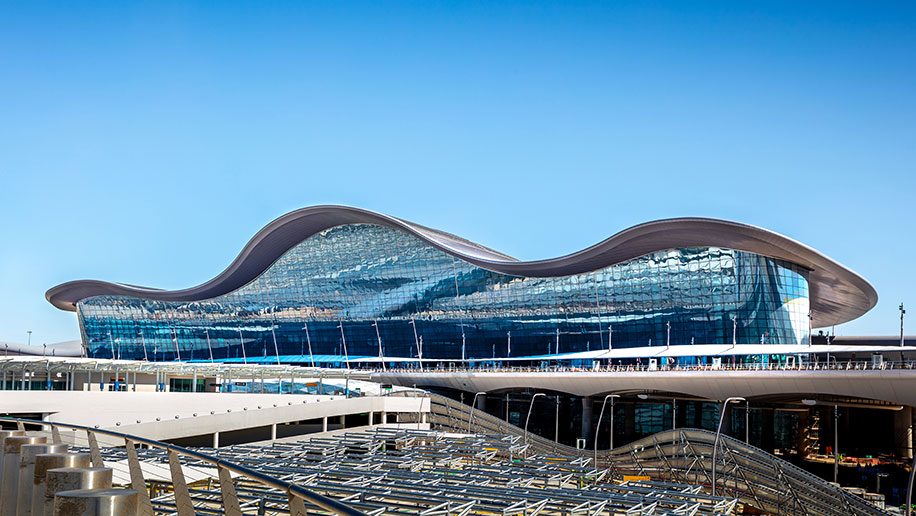
Topping the list of the most beautiful airports for 2024 is Zayed International Airport in Abu Dhabi, United Arab Emirates. The airport is known for its modern design, which balances aesthetic appeal with functionality. The exterior of the airport features sleek lines and spacious areas that highlight the emirate's forward-thinking approach to architecture. Inside, the airport’s open layout and attention to detail make it a pleasant place for travelers to pass through.
Zayed International Airport has become an important hub in the Middle East, symbolizing Abu Dhabi’s growing status as a major international destination. Its design serves as a representation of the city's modernization, combining form and function in a way that is both practical and visually striking.
Asian Airports Recognized
Singapore’s Changi Airport is widely regarded as one of the best in the world, and its design has played a large part in this recognition. Over the years, the airport has continuously improved and expanded, with Terminal 2 undergoing a significant expansion in late 2023. One of Changi’s most notable features is the Rain Vortex, the world’s largest indoor waterfall. This stunning waterfall cascades through a glass-and-steel dome, offering travelers a peaceful visual escape while they pass through the terminal.
Changi also features the Shiseido Forest Valley, a five-story indoor garden that offers a break from the busy environment of the airport. Another popular attraction is the Canopy Park, located at the top of the terminal, which includes themed gardens, play areas, and even a sky bridge. In addition to its natural beauty, Changi boasts over 300 retail and dining outlets and a luxurious hotel. These features, combined with the airport’s efficient operations, make it a favorite among travelers.
Suvarnabhumi Airport, Thailand
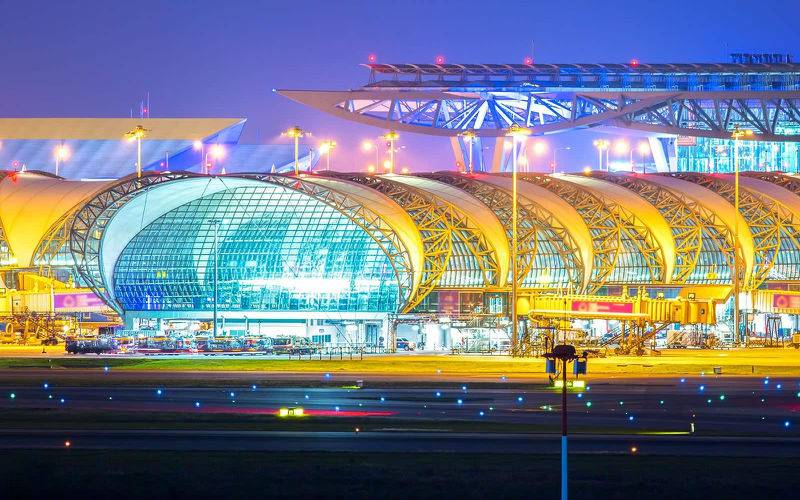
Suvarnabhumi Airport in Bangkok, Thailand, is another example of modern airport design. The airport’s roof, which has a wave-like structure, is one of its most striking features. This design symbolizes the transformation of the land, which was once waterlogged, into a thriving international airport. Suvarnabhumi is one of the busiest airports in Southeast Asia and serves as a major gateway for international travel to and from Thailand.
The airport's design focuses on creating a smooth and functional flow for travelers, with large, open spaces and efficient passenger movement. Its modern and welcoming atmosphere makes it a crucial part of Bangkok’s infrastructure.
Other Airports Recognized
In addition to Changi and Suvarnabhumi, several other airports were highlighted in the Prix Versailles list. Felipe Ángeles International Airport in Zumpango, Mexico, claimed the second spot, followed by Logan International Airport’s Terminal E in Boston at fifth place and Kansas City International Airport in the sixth spot. These airports, each with their own unique design and features, are recognized for their role in enhancing the travel experience.
While no Indian airports were featured this year, the recognition of airports like Changi and Suvarnabhumi points to the growing importance of airport design on a global scale. Airports are no longer just functional transit points, they are becoming iconic structures that contribute to the identity of the cities they serve.
Image sources- internationalairportreview.com, .businesstraveller.com, thailand-attractions/suvarnabhumi-airport, clarkconstruction.com

